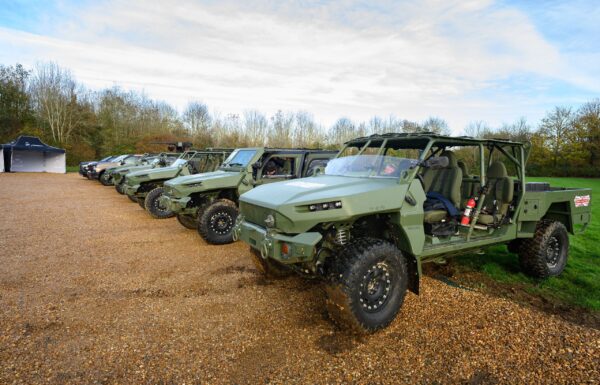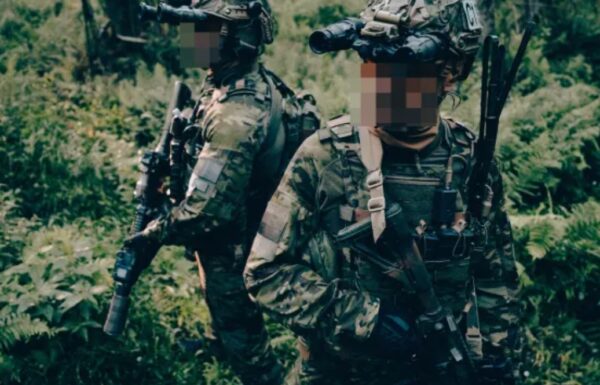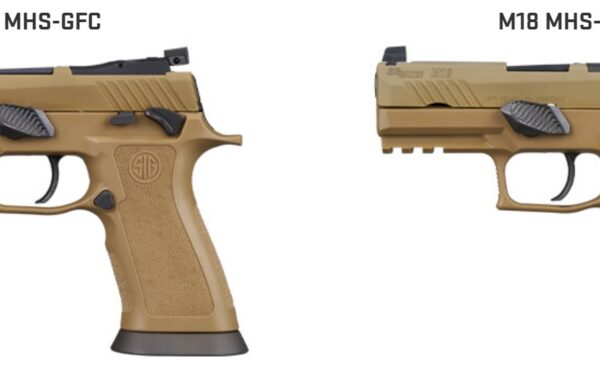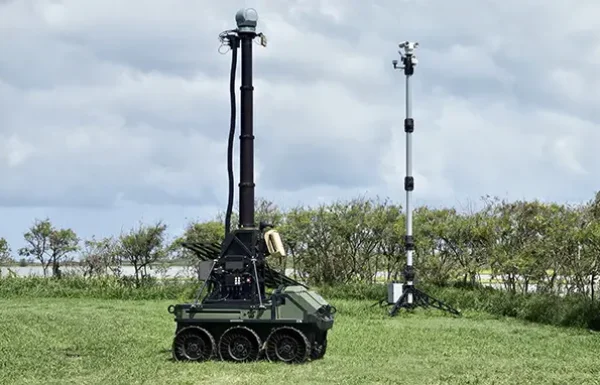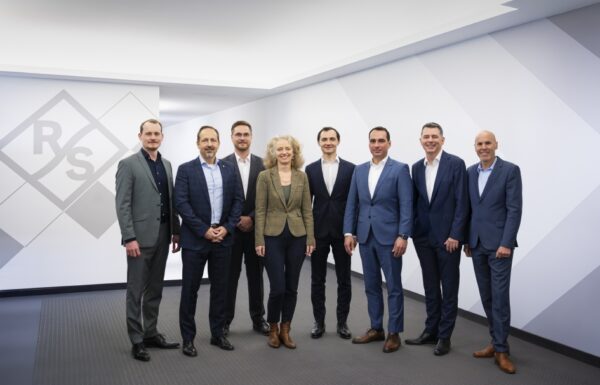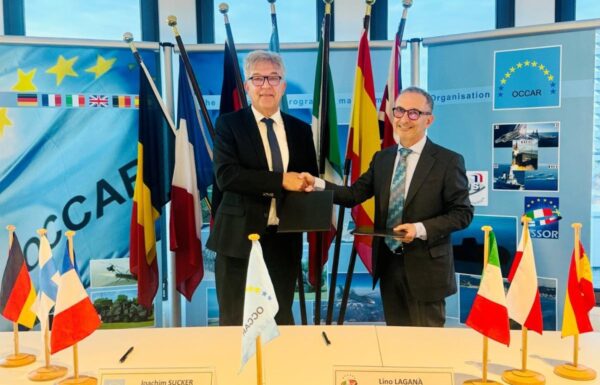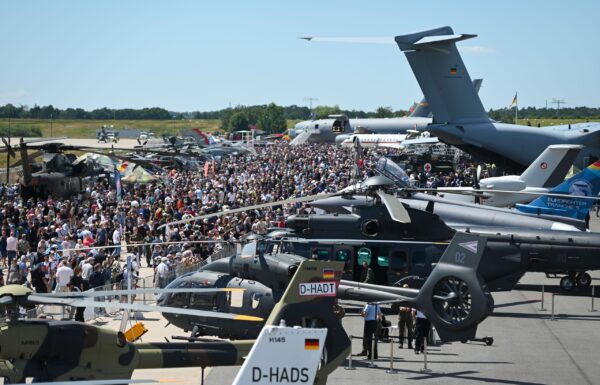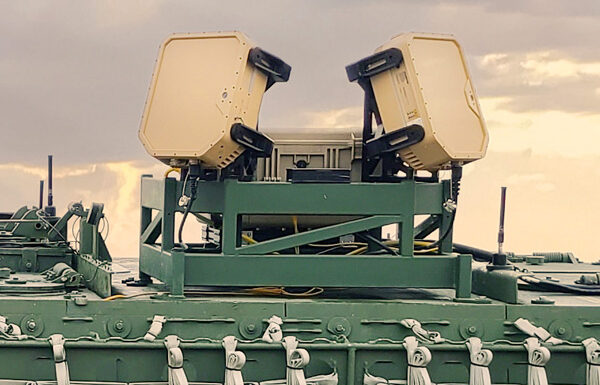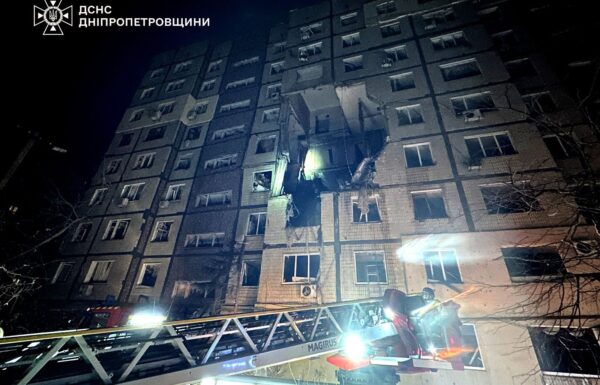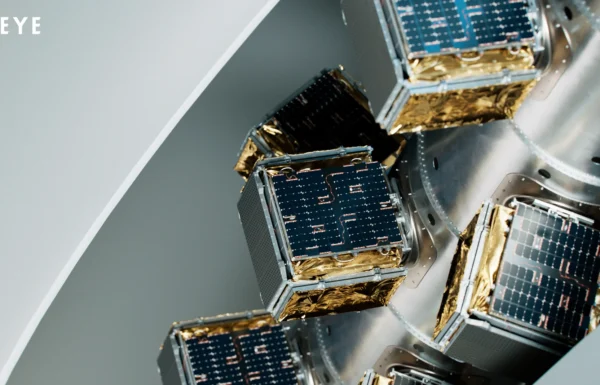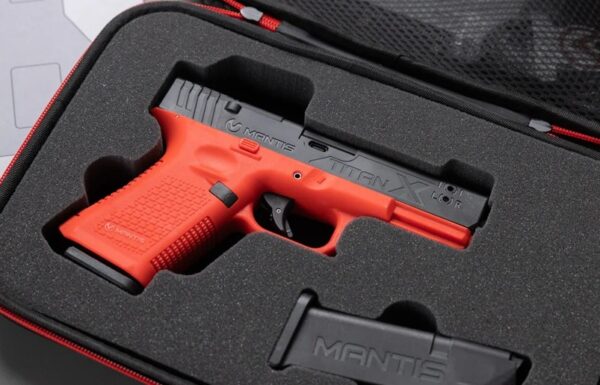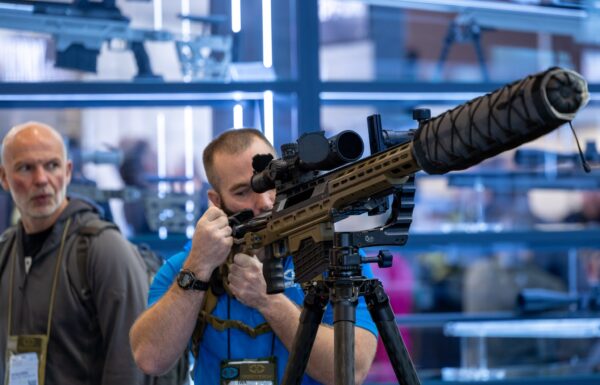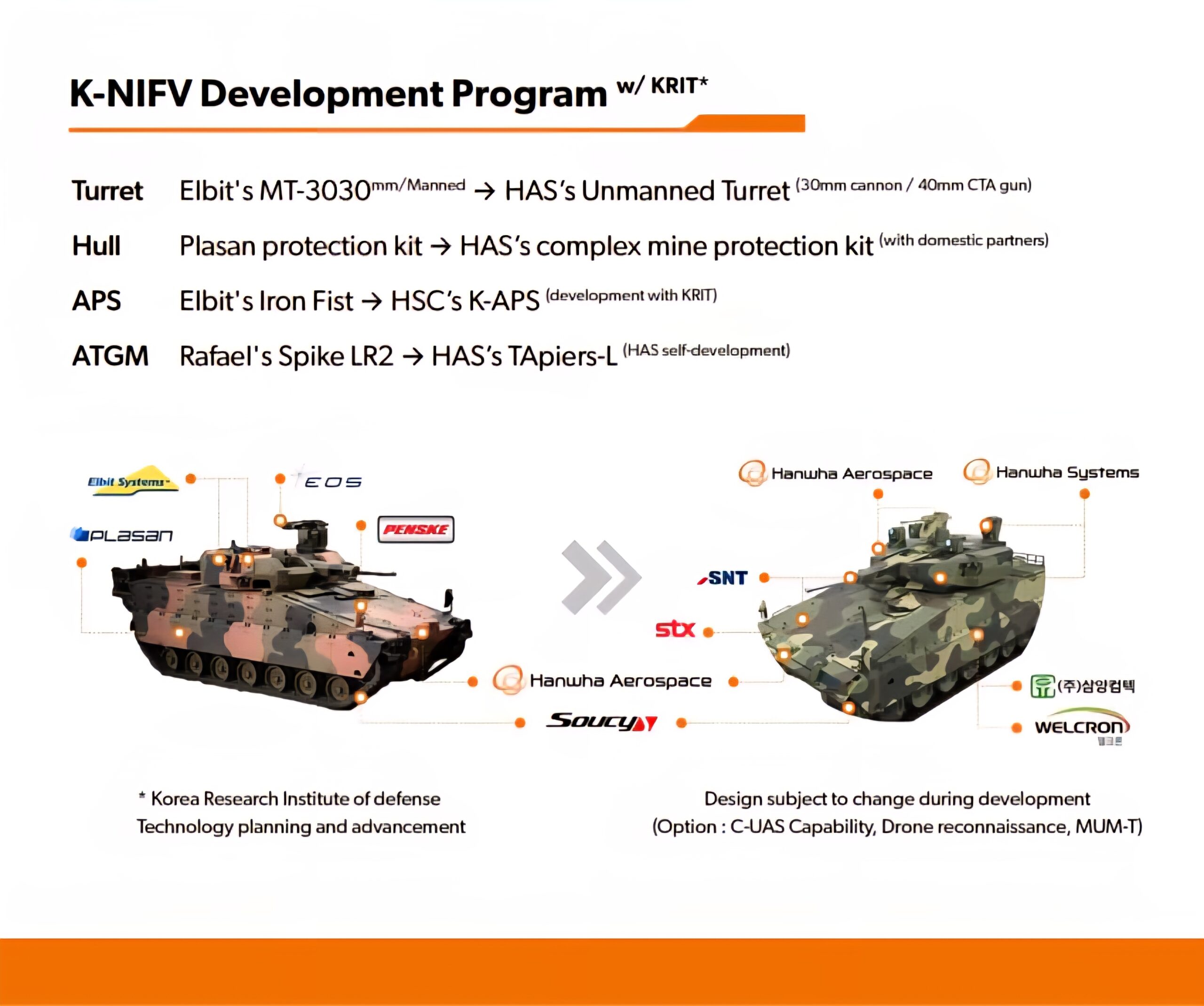During the 15th International Defense Industry Exhibition ADEX 2025 in Ilsan (October 20–25), South Korean company Hanwha Aerospace unveiled for the first time the K-NIFV (Korea Next Infantry Fighting Vehicle), a modernized and domestically produced version of the AS21 Redback, intended for the Republic of Korea Armed Forces as well as export markets (ADEX 2025: Hanwha to Showcase Next-Generation Artificial Intelligence and Unmanned Systems).
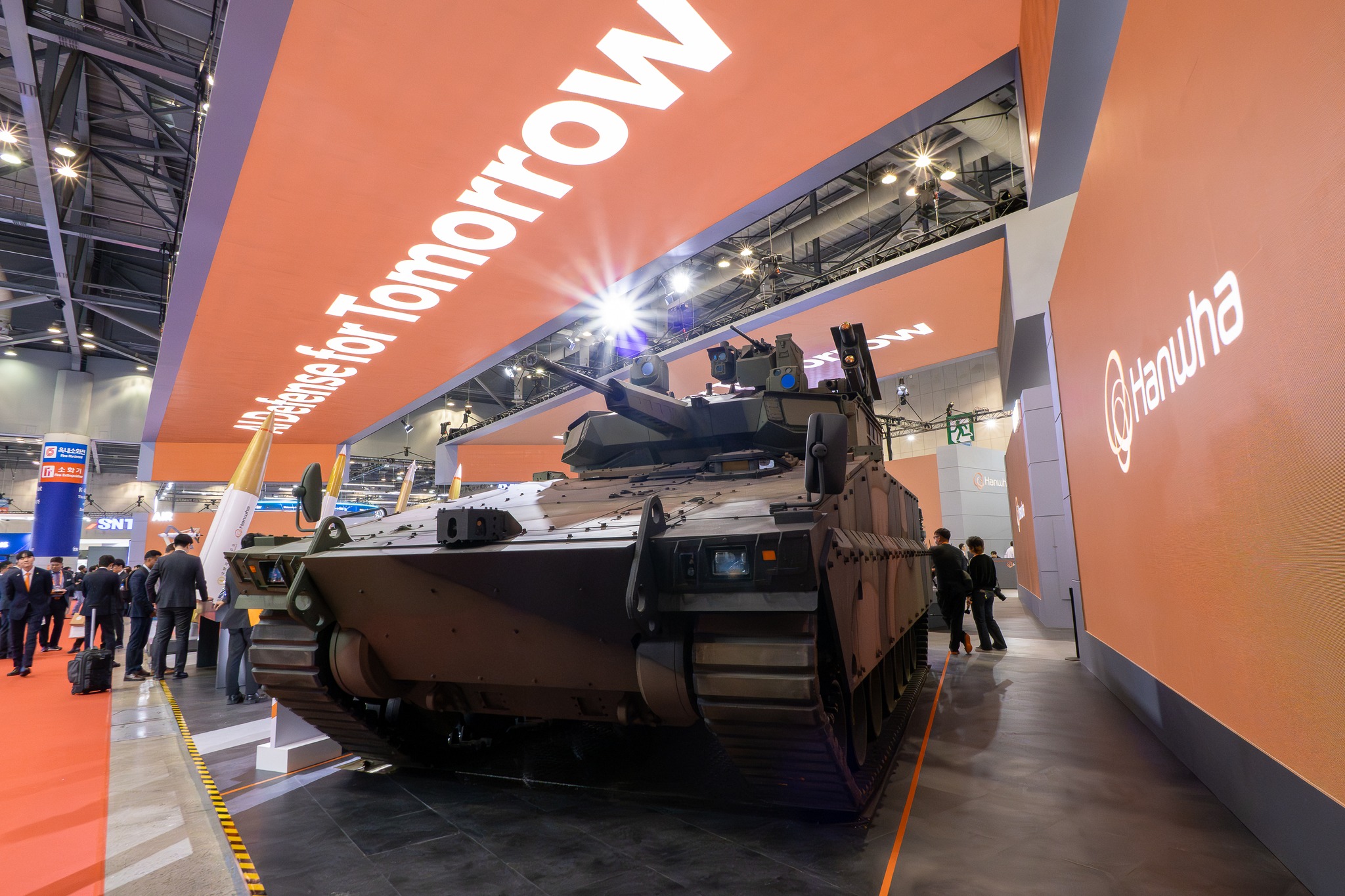 The K-NIFV is based on the AS21 Redback, which was selected under Australia’s Mounted Close Combat Capability program, LAND 400 Phase 3. / Photo: Hanwha Aerospace
The K-NIFV is based on the AS21 Redback, which was selected under Australia’s Mounted Close Combat Capability program, LAND 400 Phase 3. / Photo: Hanwha Aerospace
The AS21 Redback demonstrated high performance; however, its design relies heavily on components and technologies sourced from abroad (Israel, the United States, Australia), which significantly affected production costs and delivery schedules. In response, Hanwha Aerospace launched the K-NIFV program – a fully “Koreanized” version intended to replace the obsolete K200A1 armored personnel carriers and support export expansion, including to Eastern European markets such as Romania and other potential countries. The project is being carried out as part of national modernization efforts, with completion planned by 2028.
The biggest change compared with the Redback is the replacement of the manned Israeli T2000 turret (marketed as the Redback Turret, an evolution of Elbit Systems’ MT30 Mk2) with a newly developed unmanned turret from Hanwha Aerospace, which increases internal hull space and improves crew survivability and effectiveness.
The turret can be armed with an automatic 30 mm cannon or a 40 mm CTA gun (for Poongsan telescoped ammunition), developed by SNT Dynamics and ADD, and can also carry an integrated remote-controlled weapon station (RCWS) with a fire-control system that incorporates machine-learning (artificial intelligence) algorithms.
On both sides of the turret there is one twin launcher each, for four ready-to-launch TAipers-L anti-tank guided missiles – a light variant of the TAipers (Tank Snipers) missile used on KAI LAH-1 Miron attack helicopters. The system can engage armored targets at ranges up to 5.5 km.
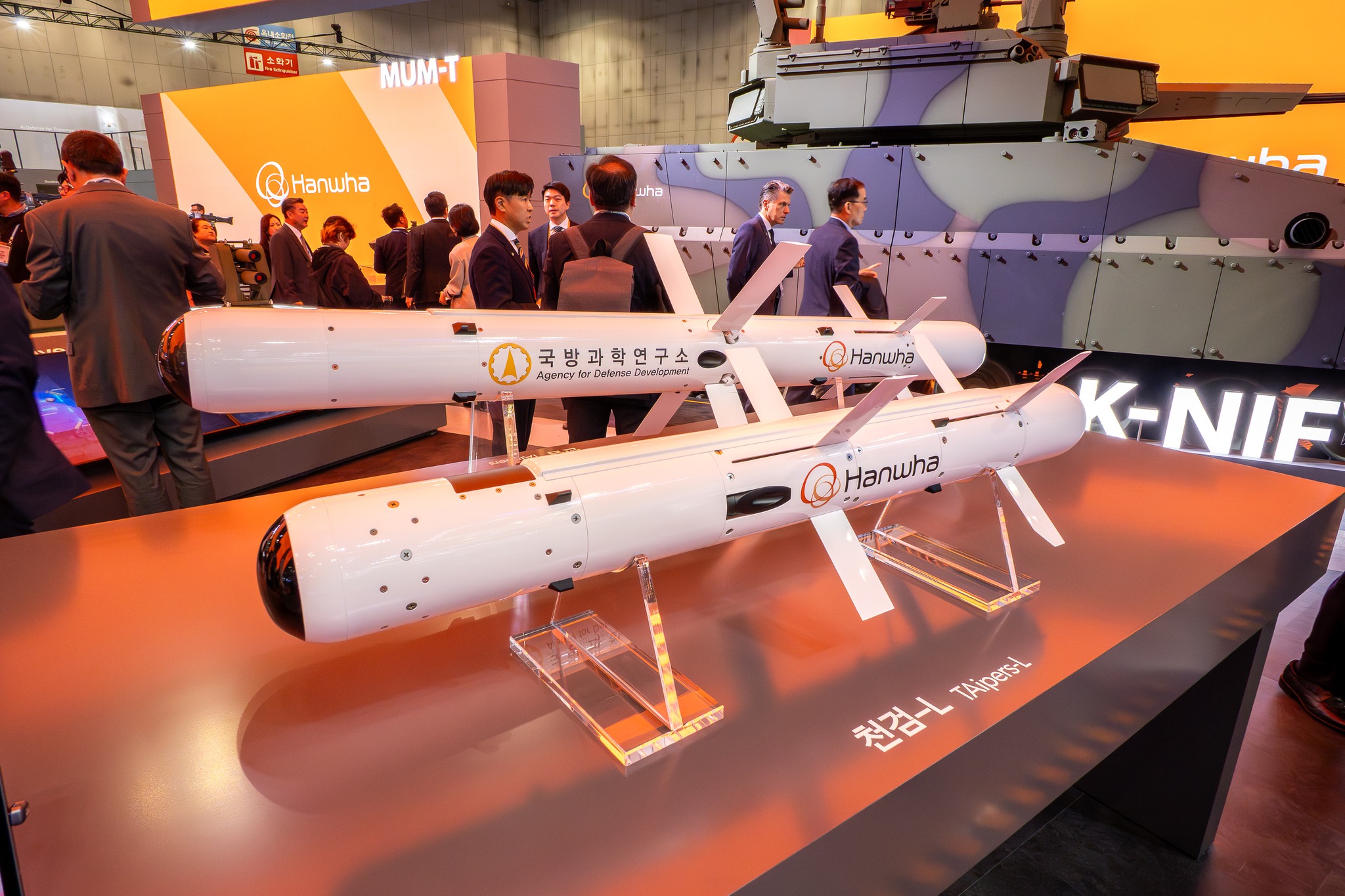 TAipers-L / Photo: Hanwha Aerospace
TAipers-L / Photo: Hanwha Aerospace
The growing demands for survivability of combat vehicles on the modern battlefield have led to the implementation of an advanced active protection system (APS) and a layered counter-drone (C-UAS) defense system.
While the AS21 Redback uses the Israeli Iron Fist system developed by Elbit Systems, the new K-NIFV is set to be equipped with a Korean-made APS-class system developed by Hanwha Systems, with development scheduled for completion in 2026.
The K-NIFV’s turret also integrates a radar as part of the C-UAS counter-drone system, enabling effective engagement of targets at different ranges: up to 4 km using the 40 mm CTA cannon, up to 1 km with the RCWS, and up to 300 m via the APS.
This is the first Korean combat vehicle to implement a fully layered counter-drone defense architecture.
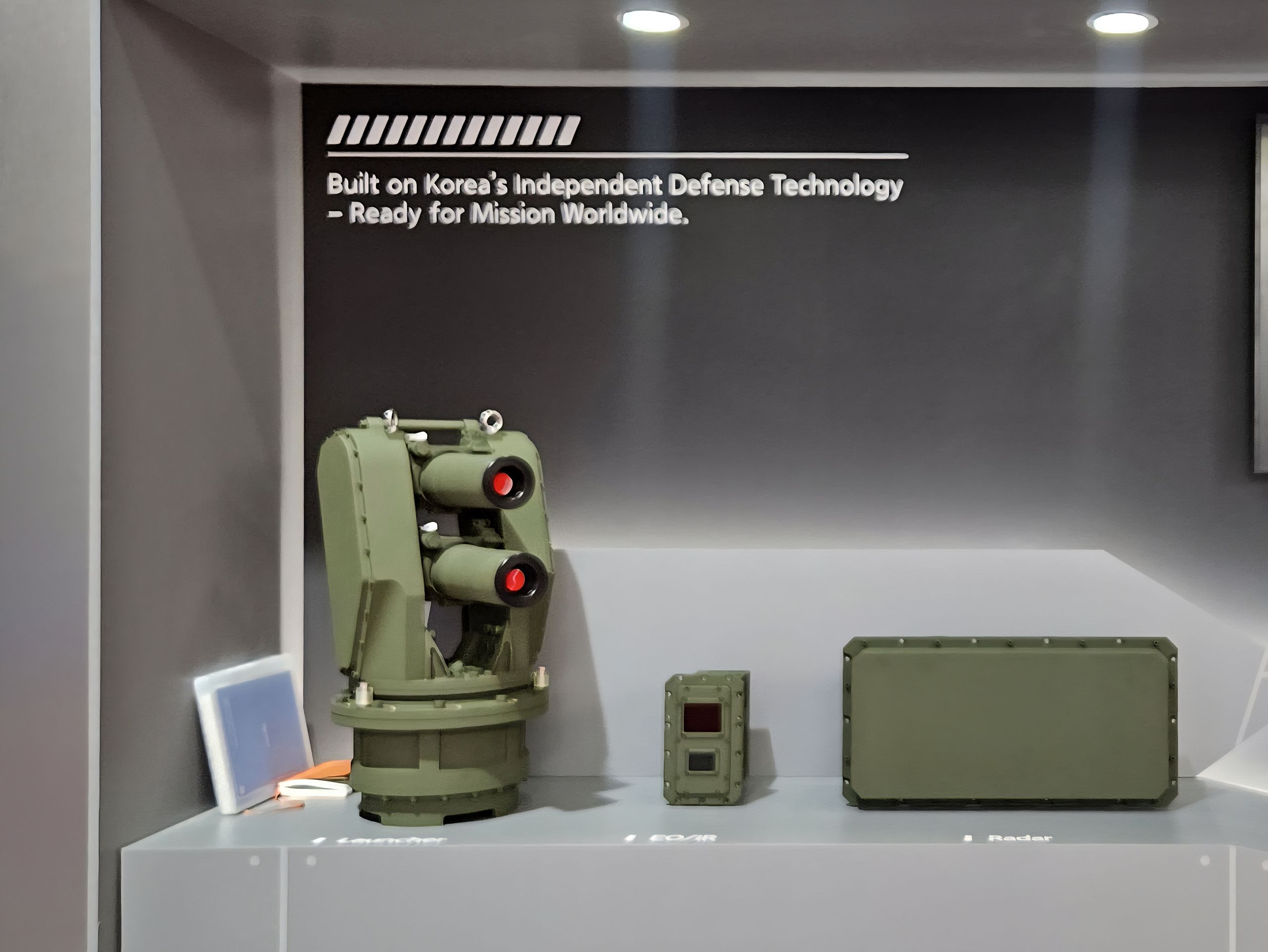 Hanwha Systems APS at MSPO 2025 / Photo: Hyunmin Park, MILMAG
Hanwha Systems APS at MSPO 2025 / Photo: Hyunmin Park, MILMAG
In terms of design, the K-NIFV’s hull retains the general parameters of the Redback but features significant changes in its powertrain and production localization.
The vehicle is not amphibious, but it will be equipped with a Korean-made powerpack consisting of an SMV 1000 engine developed by STX Engine and a transmission designed by SNT Dynamics. Additional armor components will also be entirely domestically produced.
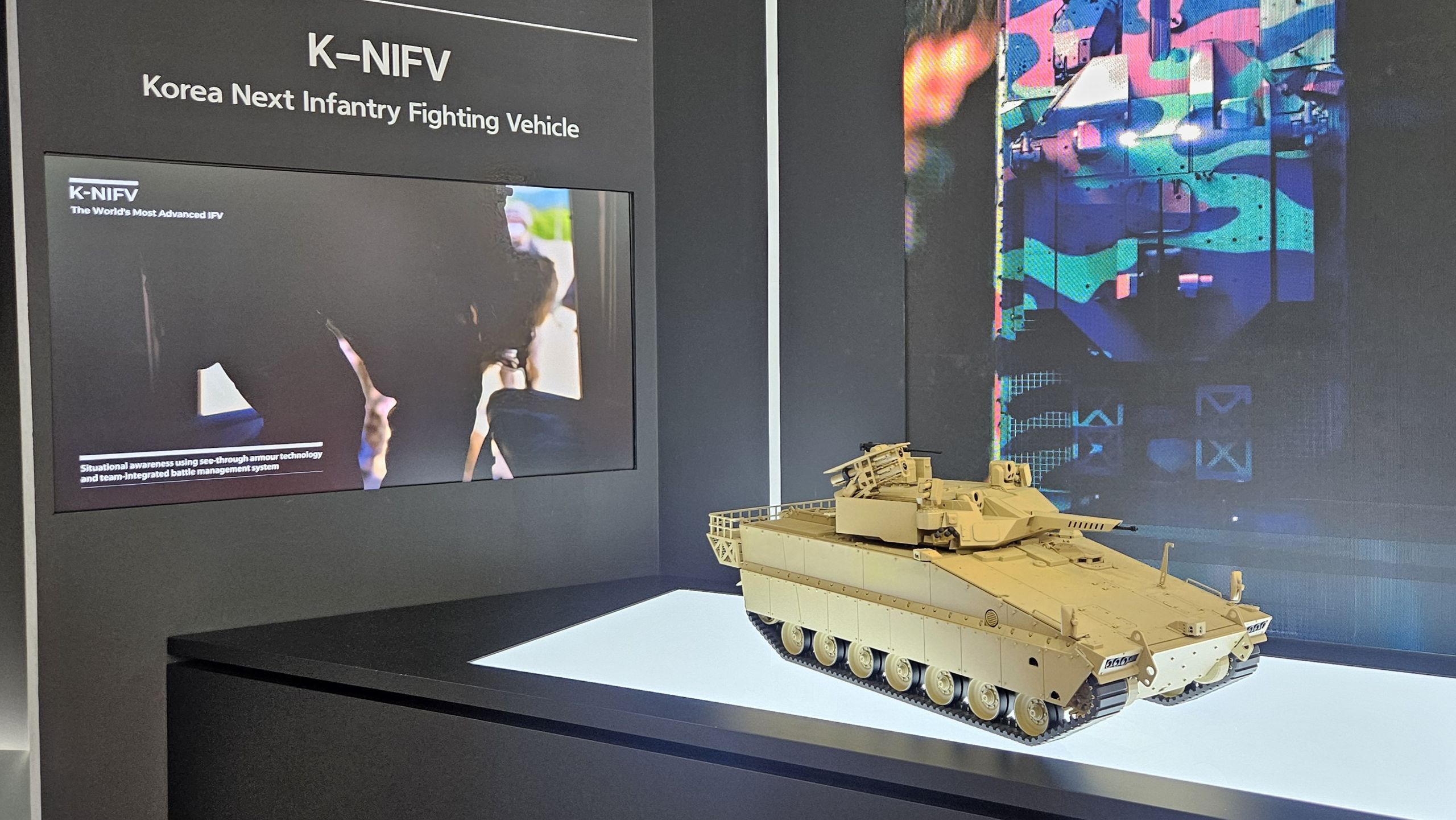 Hanwha Systems APS at MSPO 2025 / Photo: Hyunmin Park, MILMAG
Hanwha Systems APS at MSPO 2025 / Photo: Hyunmin Park, MILMAG
The K-NIFV program is of key importance for strengthening the defense industry independence of the Republic of Korea. Through full localization of production, shortening of the supply chain, and cost optimization, Hanwha Aerospace aims not only to enhance national capabilities but also to offer a competitive product on international markets.


